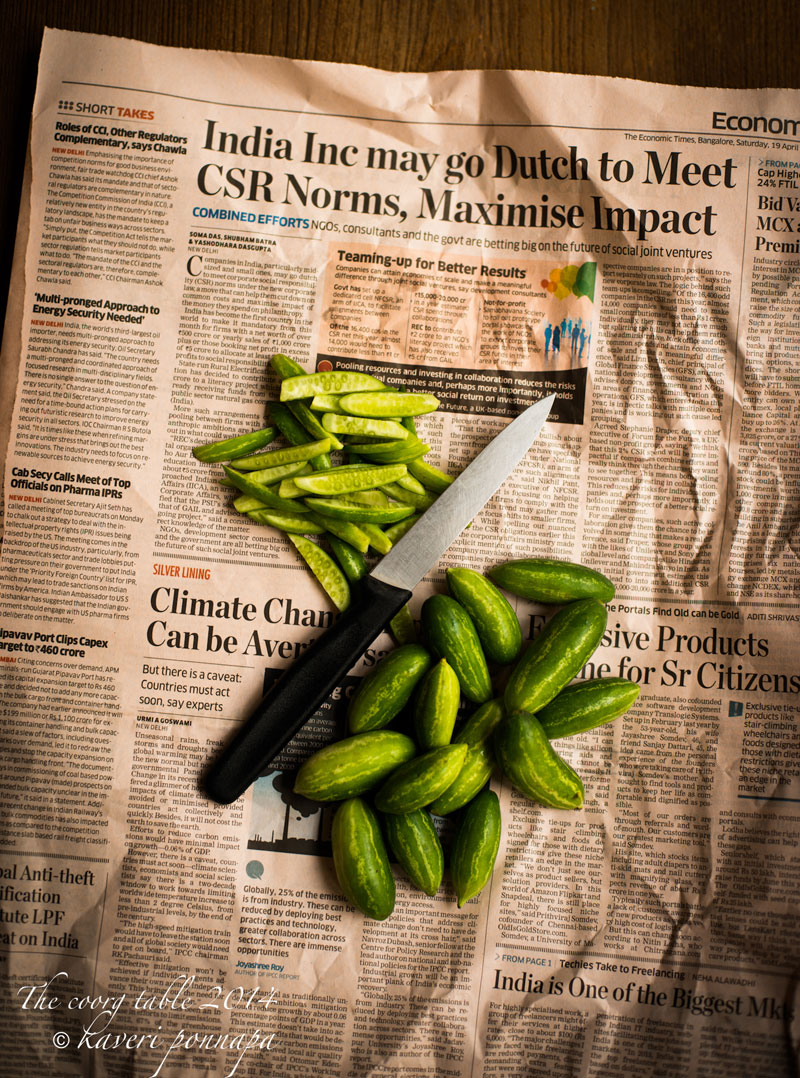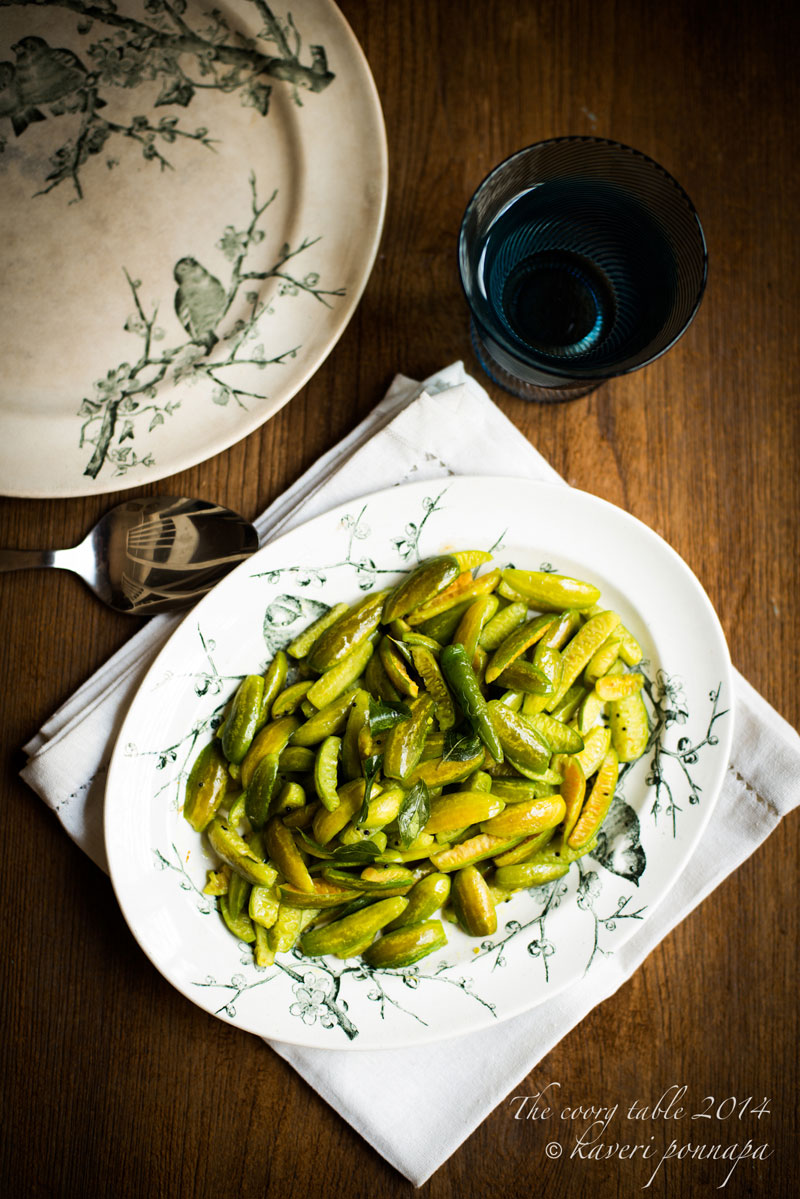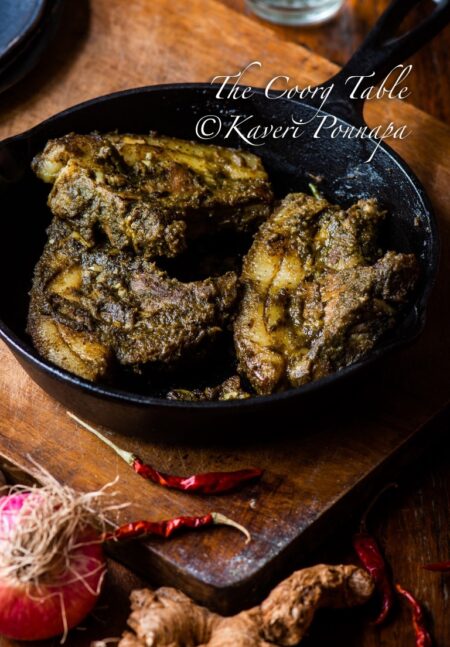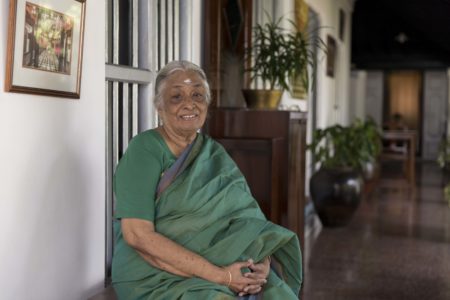The last few weeks have been packed. Transatlantic flights, eating at legendary restaurants, meetings with famous chefs, food so good it was art, and wines to match. Travelling across a vast country chasing so many new and wonderful culinary experiences –and not an Indian meal in sight. Did I miss home cooked food? A twinge of nostalgia now and then, but nothing serious, there was so much ravishingly fresh and good food all around. But back at the airport, with our bags all ready for the journey home, my taste buds did a U-turn. Suddenly, the last leg of the journey seemed too long, all the gourmet airline food and vintage champagne too much.
Coming home after a long break, every ordinary little detail suddenly stands out vividly, catching your attention and filling you with a warm sense of gratitude. The garden looked brighter, greener, after the few showers of rain it had absorbed during our absence, a stray zephyr lily bloomed confusedly and even the dog, who normally disappears with the last biscuit crumbs, sat on the doorstep, keeping us company. The fridge was empty, but a few, hastily bought vegetables were good enough for the perfect, unplanned lunch: plain cooked white rice; a homey dal (more about that soon), a bunch of stir-fried bitter greens and thondekai barthad. Tender Ivy gourd, a fresh, bright green, caught young, before the insides turn a typical, angry orange, with faint horizontal stripes, ending in tiny, sharp points, perfect markings along which to slice them thin and neat, as though someone had thoughtfully marked them for you. Coccinia indica, variously referred to as ‘baby watermelon,’ ‘little gourd’ and, somewhat unappetizingly, as ‘gentlemen’s toes’ is one of those vegetables that is so common that no one really gives it its due, the fate of all things that are very generous. It grows casually, prolifically, untended in kitchen gardens. On your plate, it can be most refreshing and pleasing, with its cucumber-like texture, gentle flavour and rows of neatly set seeds that melt away in a single bite.
I have eaten it many ways, with additions of spices and dals to give it more weight and add complexity. But the way I like it best, is the way we eat it in Coorg –a stir-fry with the merest touch of seasoning, so that you have all the tender sweetness and succulence of this miniature gourd, while it retains its strong, bright colour and crunch. The idea here is not to overcook the thondekai, but take care to allow it to retain some of its inherent crispness. It is such a plain dish, that in a region where we don’t really do salads much, with its clean, fresh, uncomplicated flavours, it can easily pass for one.
The sheer simplicity of this dish has a strong appeal, so I never hesitate to put it on the table. A few months ago, Meenakshi Meyyappan, the doyenne of Chettinad cuisine, who has just published a beautiful cookbook on the authentic cooking of the Chettiars, had lunch at my home. A gourmet, with a refined palate and deep interest in food, of all the dishes on the table it was the unpretentious little thondekai that captured her attention, and she went away with the recipe. My mother-in-law would have been appalled had she known that I had served this ordinary little preparation to a guest. But its garden fresh flavours speak for themselves, and are perfect when all you want is an undemanding, satisfying meal. Ivy gourd proves it’s worth every single time.
After all those sophisticated meals, we ate quietly, enjoying the familiar colours and comforting textures on our plates, the hum of the house, noises in the background –it felt good to be back home. Why, I wondered, do we need to travel, leave that which we are accustomed to, to eat strange food in strange places? But that’s another story.

Thondekai Barthad
Ingredients:
- 50 gms young, fresh thondekai (ivy gourd). Look for the tender, green, small ones, avoiding any that are deep red or orange when sliced.
- small onion, very thinly sliced
- 2 green chillies, slit along their length, or to taste.
- ½ tsp mustard seeds
- 7-10 curry leaves
- 3 tbsp grated coconut, optional.
- 3 tbsp oil for stir-frying
- salt to taste
- turmeric
- ¼ tsp Kachampuli
Method:
- Wash, pat dry and trim the ivy gourds. Slice each ivy gourd in half lengthwise, and then again to get six slices from each gourd.
- Heat the oil in a khadai, or round bottomed vessel.
- Add the mustard seeds, and when they begin to sputter, add the curry leaves.
- Add the sliced onion, and fry until softened but not browned.
- Now add the green chillies, salt, sliced ivy gourd and a pinch of turmeric. Raise the heat, stir-fry for about 3 mins. Then lower the flame, cover, and allow it to cook in its own moisture until very tender, about 10-12 mins.
- Now add the Kachampuli, stir and fry for another two minutes. You can stir in the grated coconut in the last 2 minutes of the cooking, or sprinkle it over the finished dish for a fresh garnish. Or you could leave out the coconut altogether.
Cook’s Note : If you feel the gourds are a little overgrown or not tender enough, blanch the slices in boiling water with a pinch of turmeric until half cooked. If they are very tender, they will cook well without blanching.
Thank you for visiting this page. If you read something that you enjoy, or see an image that you like, please take a moment to write a response. Do look out for the recipes of all the food featured here in my upcoming cookbook.
Image Credits: Nithin Sagi
All Food Styling: Kaveri Ponnapa





Nice to see your recipe after long days…Still waiting for the jam recipe….Thanks!!!!
Glad you enjoyed it, Nayana. It is very simple, but so deliciously refreshing. I hope you keep enjoying it! Warm wishes.Kaveri.
Nice one , the simplest of recipes that brought out a burst of different tastes in the mouth . Thank You!
Hi Kaverappa, I think you mentioned earlier that you are vegetarian. I’m sure that you’ll love this dish, it goes with everything, rice, ottis, chappatis… Warm wishes. Kaveri.
Nice thank you for sharing !!
Hello Veelma, Welcome to The Coorg Table. I’m delighted that you like this simple recipe, it is quite delicious, and very refreshing. I hope you try some of the other dishes too. Warm wishes. Kaveri.